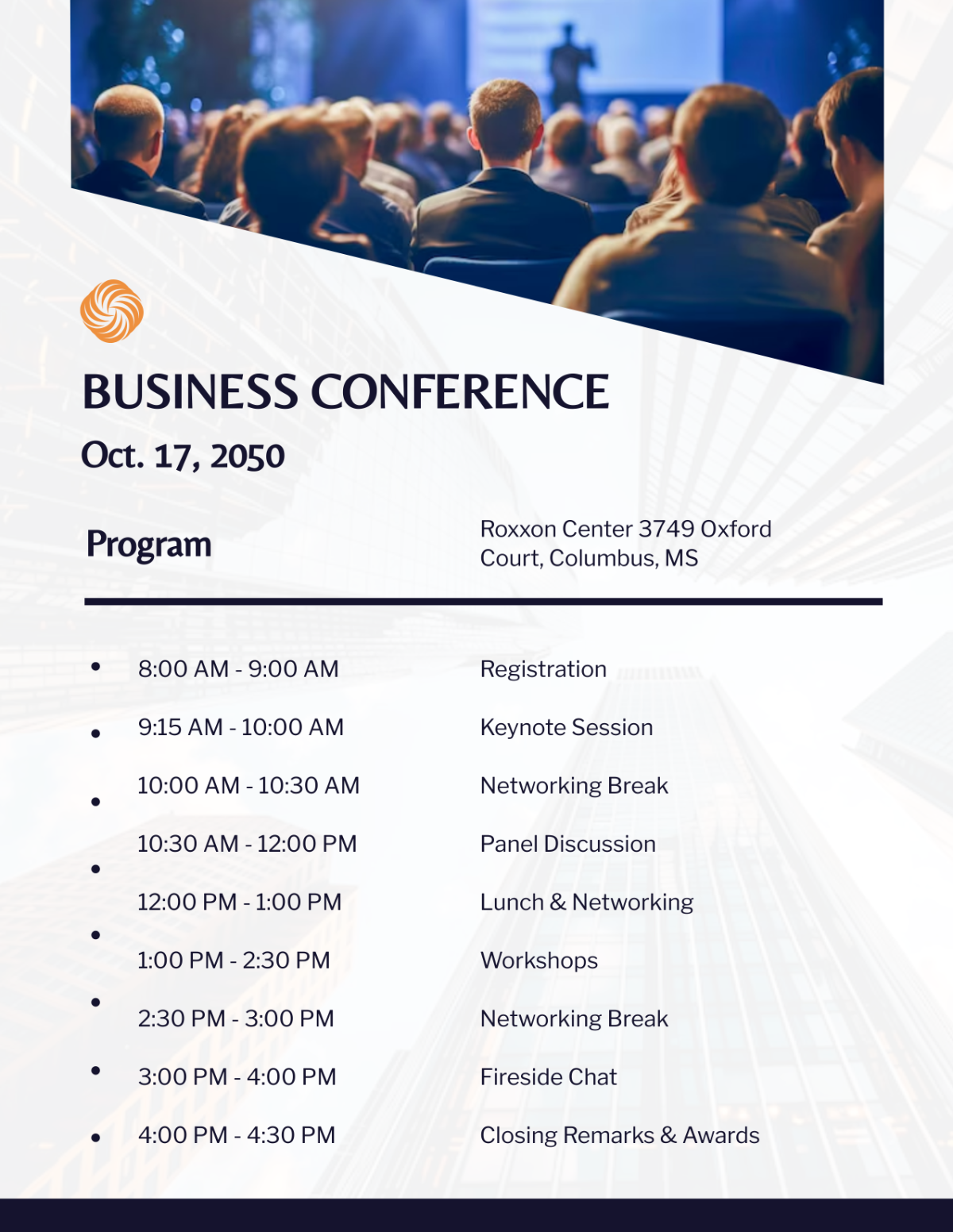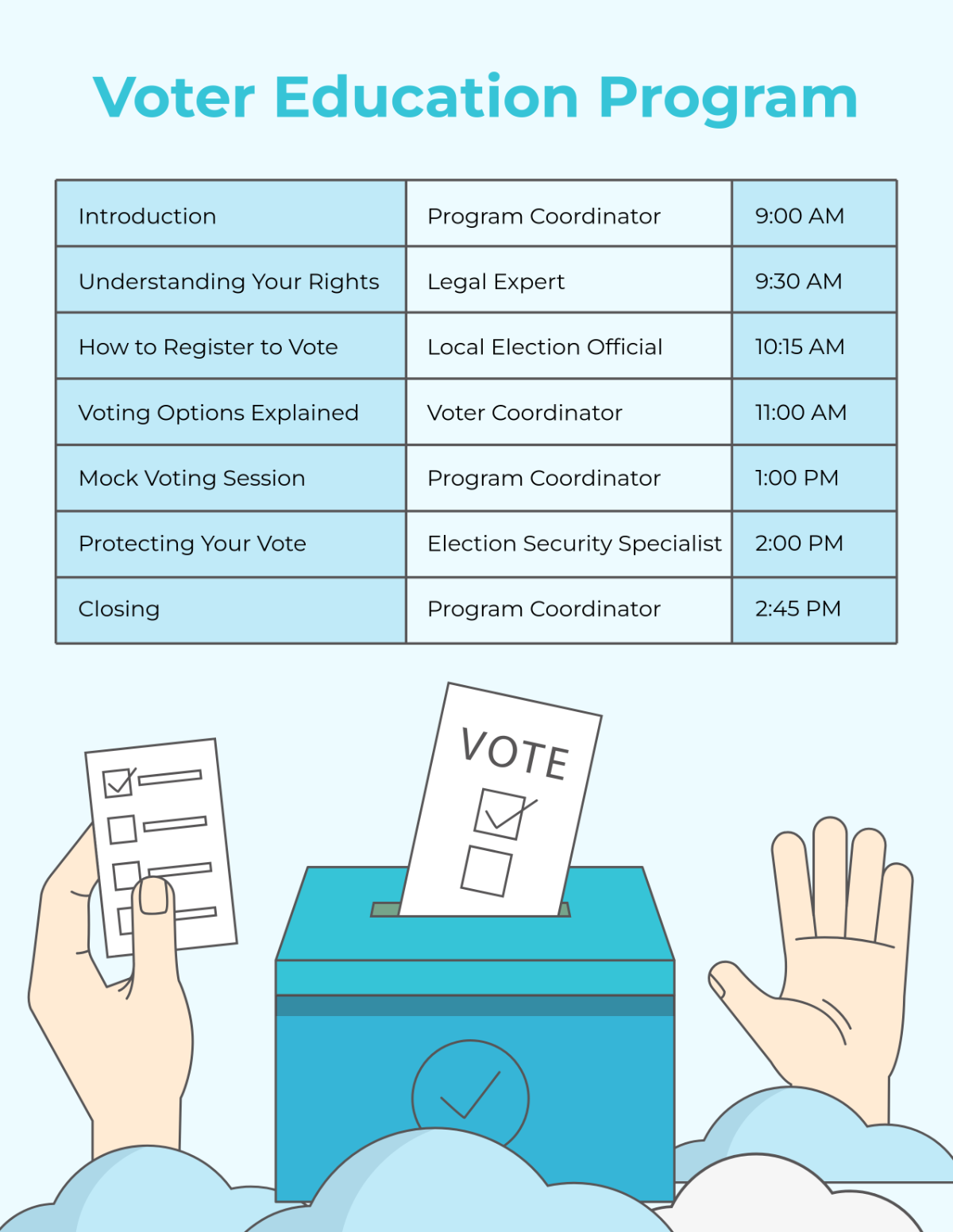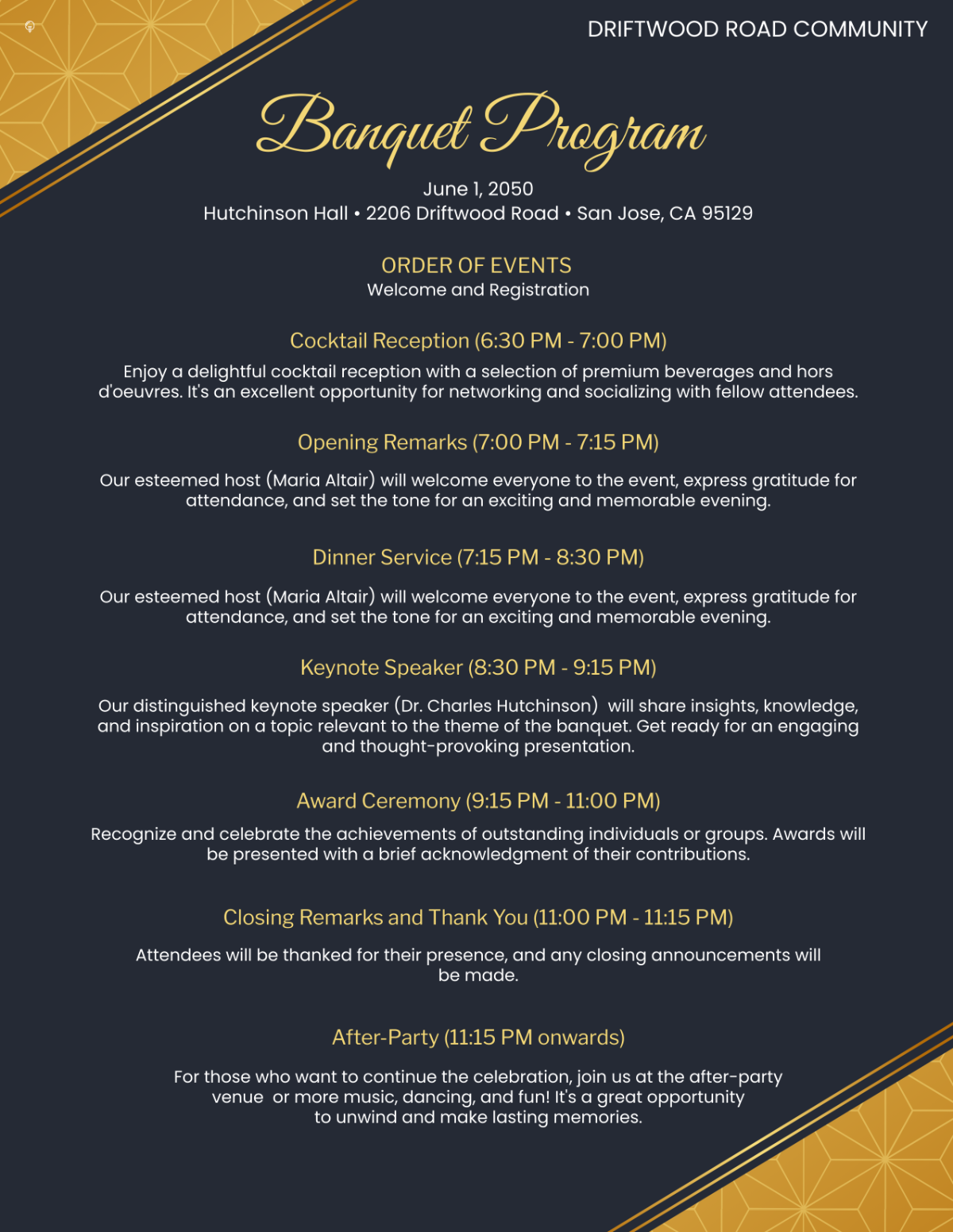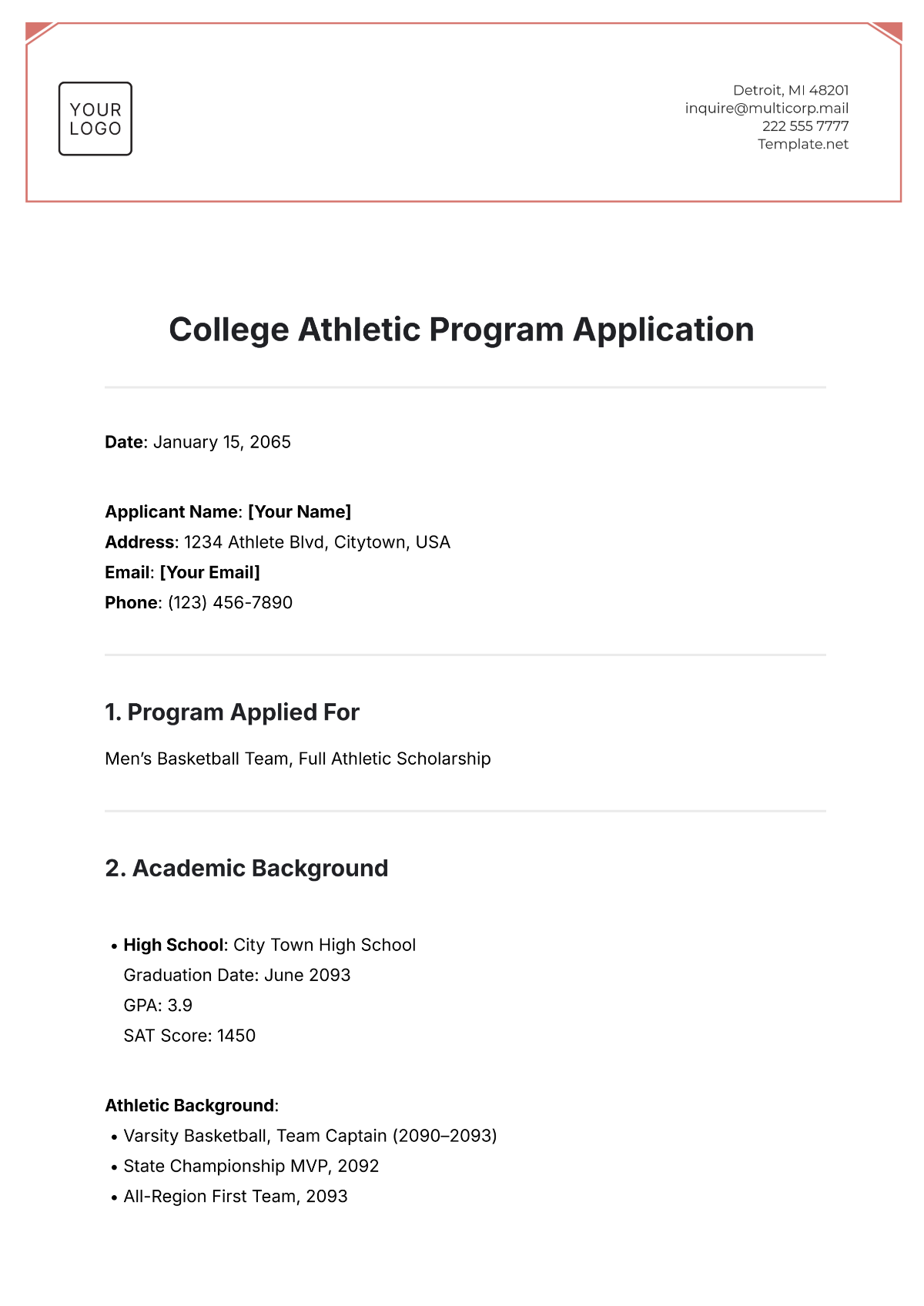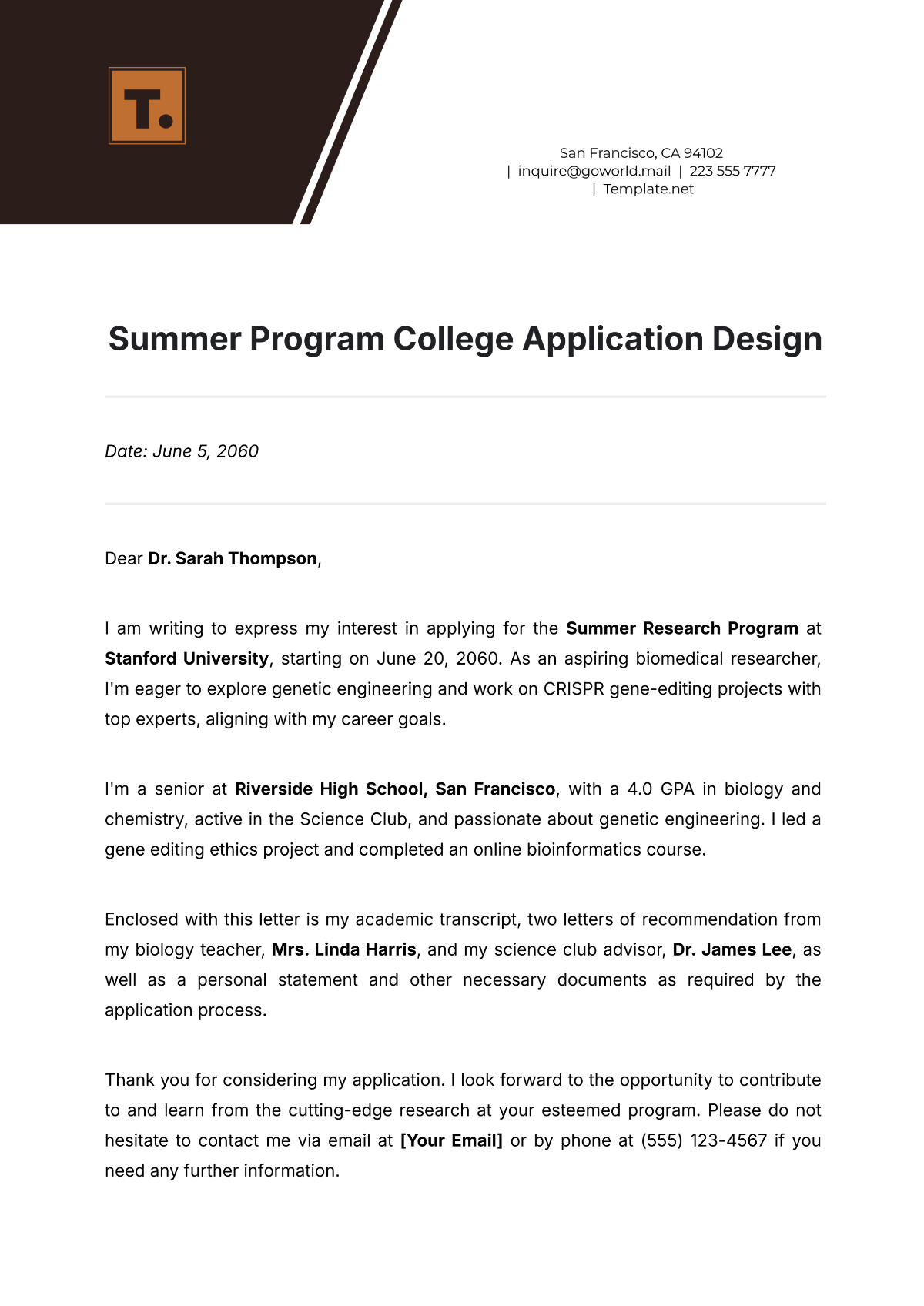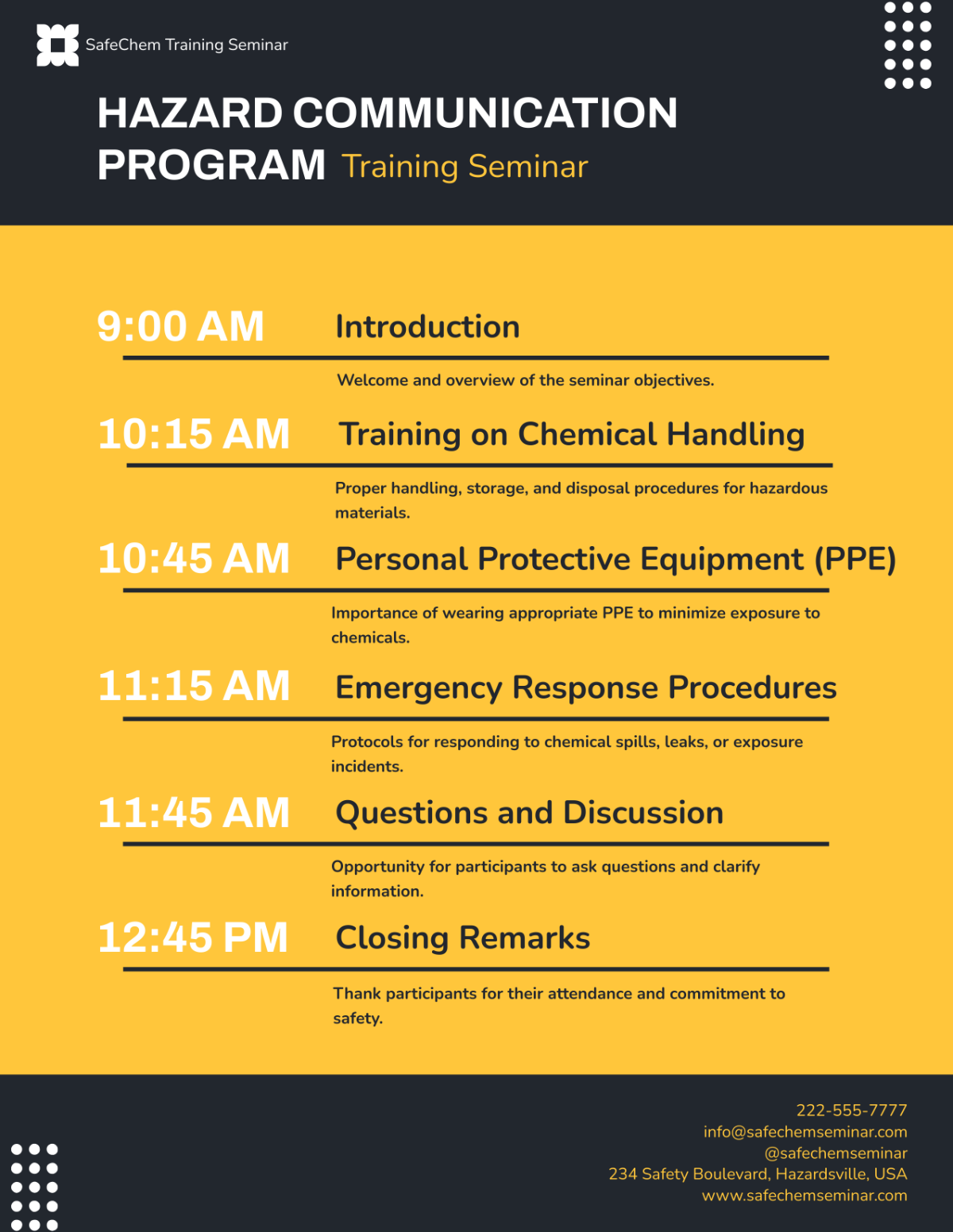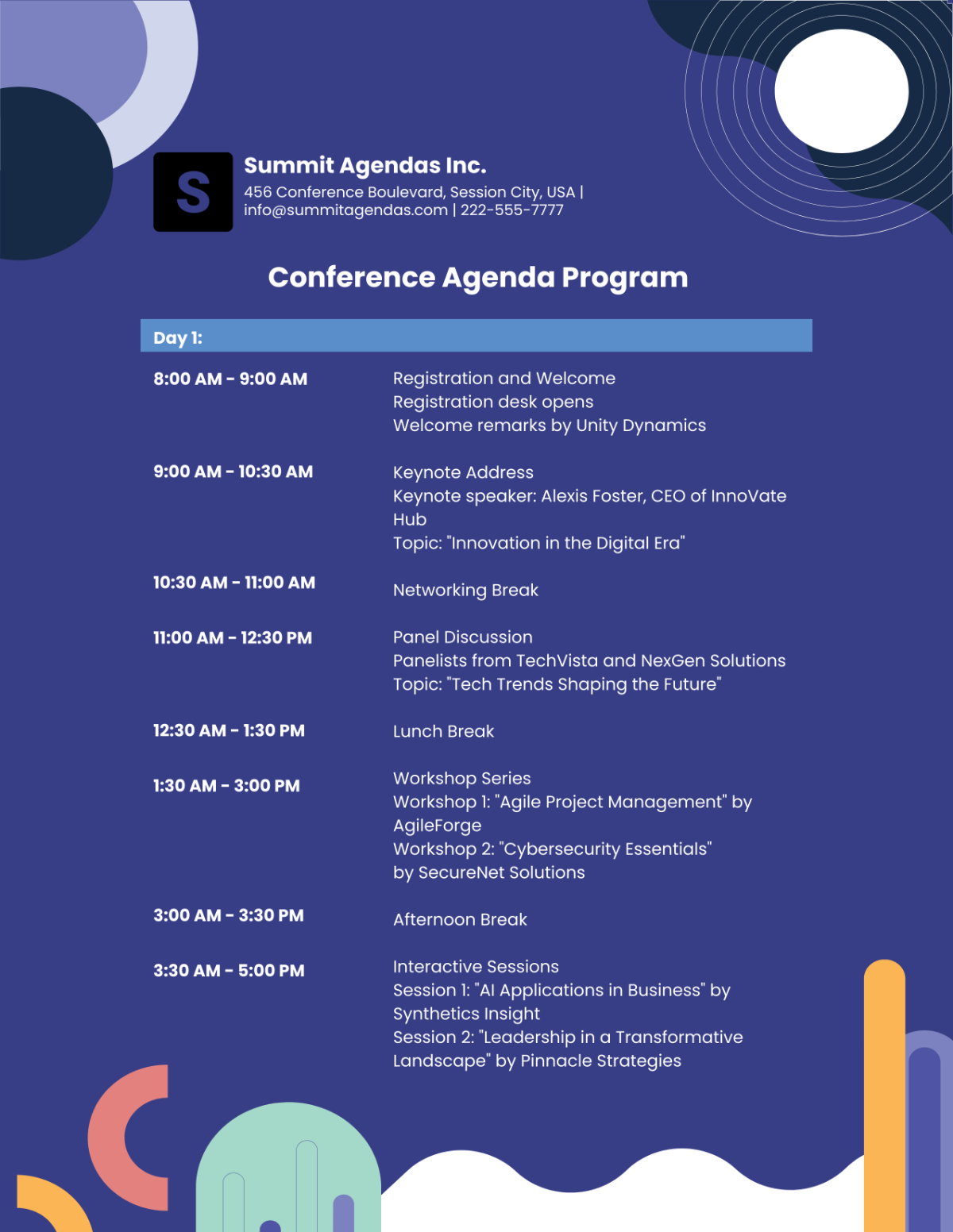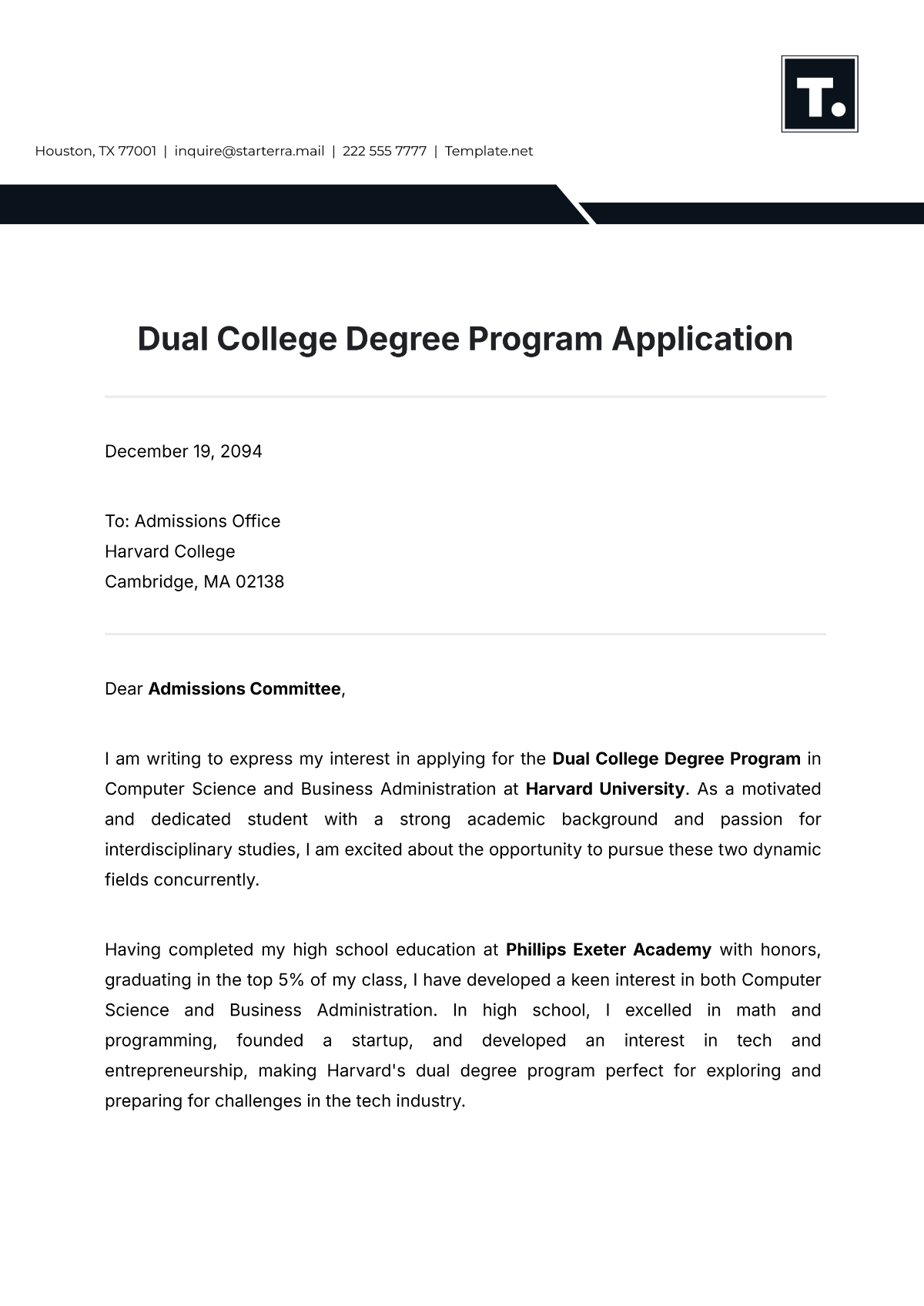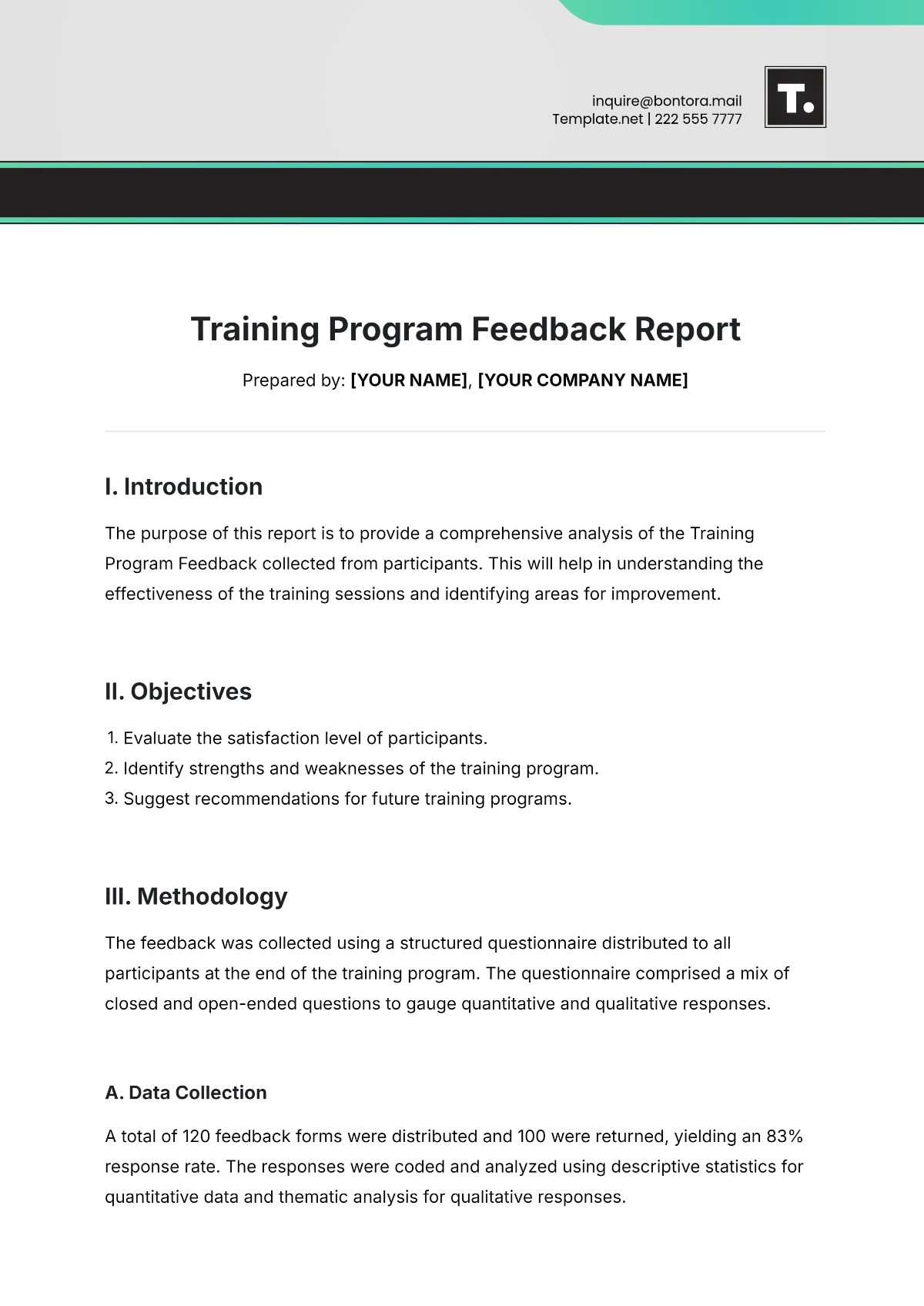Administration Office Recycling Program
The Administration Office Recycling Program is an initiative aimed at promoting sustainable practices within our organization. By implementing this program, we strive to reduce waste generation, increase recycling rates, and minimize our environmental impact. This document outlines the guidelines, procedures, and responsibilities associated with the recycling program.
I. Program Objectives
To reduce the amount of waste sent to landfills by [0]% by [Year].
To increase the office's recycling rate to [0]% by [Year].
To promote awareness and understanding of recycling practices among employees.
II. Program Scope
The recycling program covers the following materials commonly generated within the office environment:
Material | Recycling Method |
|---|---|
Paper and Cardboard | Single-stream recycling bins |
Plastic Bottles and Cans | Mixed recycling bins |
Glass Containers | Dedicated glass recycling bins |
Electronic Waste | E-waste collection points |
III. Roles and Responsibilities
Environmental Committee
Comprised of representatives from various departments, the Environmental Committee serves as the driving force behind the Administration Office Recycling Program. Responsibilities include setting program goals, developing policies and procedures, overseeing implementation, and monitoring progress.
Facilities Management
The Facilities Management team plays a crucial role in ensuring the smooth operation of the recycling program. This includes coordinating with waste management vendors, maintaining recycling bins and signage, conducting regular inspections, and addressing any maintenance issues promptly.
Employees
As the backbone of the recycling program, employees are responsible for actively participating and adhering to recycling guidelines. This includes properly sorting recyclables, disposing of waste in designated bins, reporting any issues or concerns, and advocating for recycling practices within their respective departments.
IV. Waste Separation and Collection
Recycling bins are strategically placed in high-traffic areas throughout the office, including near copy rooms, break areas, and individual workstations, to encourage maximum participation.
Clear signage and visual aids are utilized to educate employees on what items are recyclable and how to properly sort materials. This helps minimize contamination and ensure the quality of recycled materials.
Facilities Management conducts regular audits of recycling bins to identify any contamination issues or areas for improvement. Feedback from audits is used to adjust bin placement, signage, and educational materials as needed.
V. Employee Education and Awareness
In addition to initial training sessions, ongoing educational opportunities are provided to employees to reinforce recycling best practices and raise awareness of the program's impact.
Environmental awareness campaigns are launched periodically to engage employees and foster a culture of sustainability. This may include themed events, guest speakers, and interactive workshops.
Employee feedback mechanisms, such as suggestion boxes or online forums, are established to encourage open communication and gather ideas for improving recycling efforts.
VI. Monitoring and Reporting
Comprehensive data tracking systems are implemented to monitor key performance indicators, such as recycling rates, waste diversion metrics, and cost savings.
Regular reports are generated and shared with stakeholders to provide transparency on program progress and highlight achievements. This fosters accountability and encourages continued support for the recycling initiative.
An annual sustainability report is published to showcase the organization's environmental achievements, including recycling milestones and contributions to reducing its carbon footprint.
VII. Continuous Improvement
Continuous improvement is embedded in the core of the recycling program, with regular reviews and evaluations conducted to identify opportunities for optimization.
Feedback loops are established to capture input from employees, stakeholders, and external partners, which is then used to inform program enhancements and innovations.
The organization remains proactive in exploring new technologies, best practices, and industry trends to stay at the forefront of sustainable waste management practices.
VIII. Compliance and Regulations
The Administration Office Recycling Program adheres to all relevant local, state, and federal regulations governing waste management, recycling, and environmental protection.
Compliance measures are regularly reviewed and updated to ensure alignment with evolving regulatory requirements and industry standards.
Collaboration with regulatory agencies and industry associations is fostered to stay informed of changes in legislation and share best practices with peer organizations.
IX. Resources and Support
Adequate resources, including financial allocations, staffing support, and training resources, are allocated to support the successful implementation and maintenance of the recycling program.
Technical assistance and support are readily available to employees and facilities management to address any challenges or questions related to recycling practices.
Recognition programs are established to acknowledge and celebrate individuals or departments that demonstrate exceptional commitment and innovation in recycling efforts.
X. Conclusion
The Administration Office Recycling Program embodies our organization's dedication to environmental responsibility and sustainability. Through collaborative efforts and a shared commitment to recycling, we can make a meaningful difference in reducing our environmental footprint and creating a more sustainable future for generations to come. Together, we are driving positive change and shaping a culture of environmental stewardship within our workplace and beyond.



